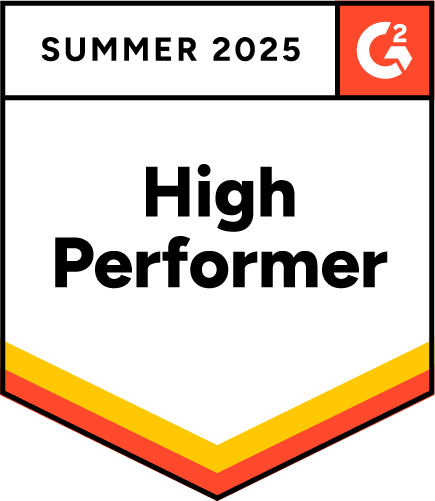How is the FHR calculated?
The FHR is determined through a combination of near- and long-term resilience and efficiency indicators. The algorithms are fueled by 12+ million company-years of financial data across dozens of industry-specific models.
The Core Health Score
The Core Health Score measures medium-term efficiency and sustainability, based on operational efficiency and competitiveness.

Resilience indicators
The resilience indicators, combined with the Core Health Score, produce the ultimate rating and probability of default.









